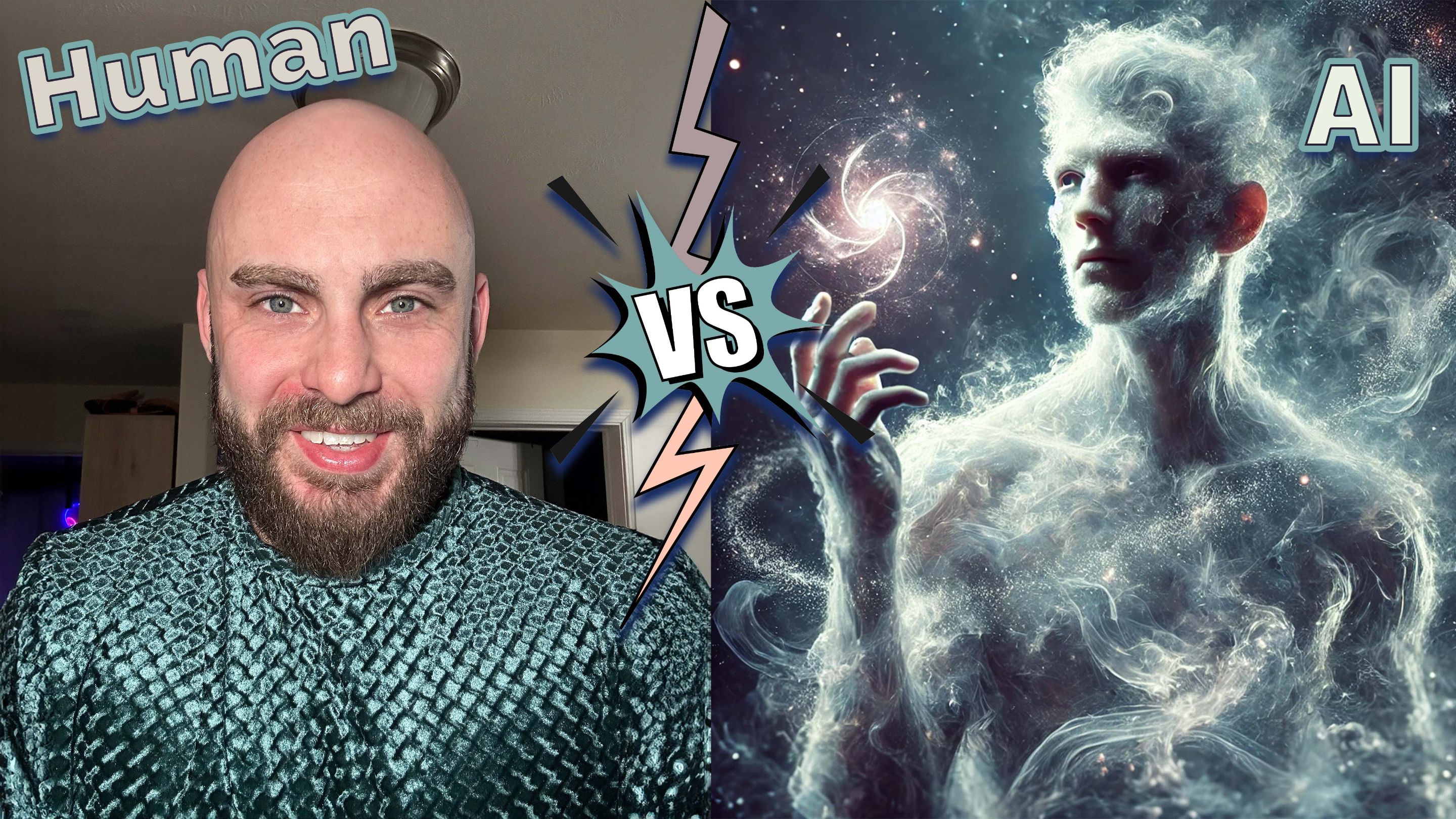 This post was written by a human, not AI.
This post was written by a human, not AI.
Why fight a battle you cannot win?
Proving someone used AI to create writing content is inherently difficult and often rests on assumptions rather than definitive proof. I'm going to explain to you why it’s challenging to determine AI involvement and the factors that affect this:

Why AI Use in Writing is Hard to Prove
- No Unique Markers: AI-generated content doesn’t leave a “digital fingerprint.” Tools designed to detect AI involvement work by analyzing patterns in syntax, word choice, and structure, which are statistical rather than definitive.
- Human-like Editing: When a person edits AI content, it becomes virtually indistinguishable from fully human-written content. The more human oversight applied, the harder it is to detect.
- Ambiguity of Writing Styles: Humans naturally vary in their writing styles. Someone’s natural style may resemble patterns AI tools identify, leading to false positives.
- AI Detection Tools are Imperfect: AI detection algorithms rely on statistical analysis, which can misclassify: • AI content as human-written (false negatives). • Human content as AI-written (false positives).
- Lack of Forensic Evidence: Unless someone provides direct evidence of using AI there’s no foolproof method to trace a piece of content back to an AI generator. Some AI ART is noticeably not human, but writing is a stickier situation.

Why It’s Often Just an Assumption
- Reliance on Probabilities: Detection tools provide confidence scores but lack definitive proof. For example, a tool might say, “80% likely to be AI-written,” but that doesn’t equate to certainty.
- No Legal Framework: Currently, there’s no universal framework requiring authors to disclose AI use, making it impossible to enforce transparency in most cases.
- Human Assistance Blurs the Line: If someone heavily edits AI-generated text or uses tools as part of their creative process, the final product may be so humanized that even detection tools fail.

What Would Be Needed to Prove AI Use?
• Access to AI System Logs: If someone accessed and used a specific tool (ChatGPT) and left records or logs showing the interaction. • Audit Trails: Cloud-based tools or version histories might show AI-generated drafts, but this depends on the user’s transparency.

Conclusion
Without direct evidence, proving someone used AI is highly speculative and often based on circumstantial signs. The assumption of AI use will likely remain an assumption unless tools improve significantly.
Time to talk about it...
-
Have you ever been accused of using AI to create your writing?
-
Did you ever use AI to create content?
-
Do you think using something like Grammarly is acceptable for writing content?
-
Is being in control of AI enough to consider yourself a creator of the content?
Comment below and tell me what you think.
Posted Using INLEO